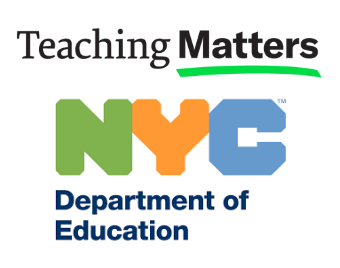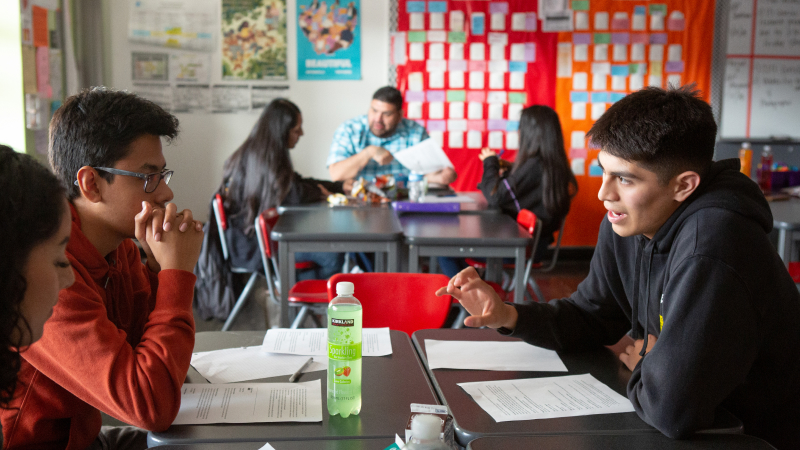Bringing joy to english language arts classrooms


In response to deeply listening to students’ stories about their classroom experiences, middle school English language arts teachers redesigned some of their classroom strategies and activities. Their new approach to instruction started with the infusion of various “joy strategies” in classrooms. Over the year, student survey results about classroom engagement improved.
English language arts lessons weren’t always interesting or engaging, according to middle school students at West Side Collaborative in New York City. Responses from a student survey showed that many students didn’t find the content of their lessons to be relevant or useful to their lives outside of school.

In order to learn more than what the survey results could tell them, teachers conducted empathy interviews with students. During one-on-one interviews, teachers asked students to share stories about a time they felt successful in class, a time they enjoyed class, a time when class was hard, and a time they felt motivated to work hard in class. As a team, educators analyzed all of the student stories and created a list of the needs that emerged; the need for more student agency, choice, leadership, and joy in the classroom.

Joy was chosen as a starting place. During a weekly team meeting with their coach from Teaching Matters, teachers each chose a “joy strategy” from a menu of options and tested the strategies in their classrooms. For example, two educators on the team added music to their classrooms. Students selected songs to play during certain class times. Other student-chosen songs were used for lyric analysis as part of their poetry unit. Other “joy” ideas that teachers tested included increased choice in assignments, more peer-to-peer interactions, and increased student teamwork.
The teacher team met regularly to review data from the various joy strategies, scale and spread what worked, and expand to more strategies (see more strategy examples from the team on Ramp 3 here).
Educators said that throughout the process they held a shared commitment to equity and a strengths-based view of students. “Everyone on that team was in it for the kids,” said the coach. “We anchored in strength-based language to talk about students.”

West Side Collaborative Middle School saw impressive growth in their student perception data from fall to spring. When they repeated the survey, for example, classroom engagement measures improved by ten percent. Teachers also reported that there were more smiles and laughter, positive feedback, and active engagement in lessons. One educator said, “It just feels different. The environment feels good. The structures are working; they are engaging and there’s a sense of focus and attention.”

There’s more than one way to build a student-powered classroom. Explore these resources to get started.
